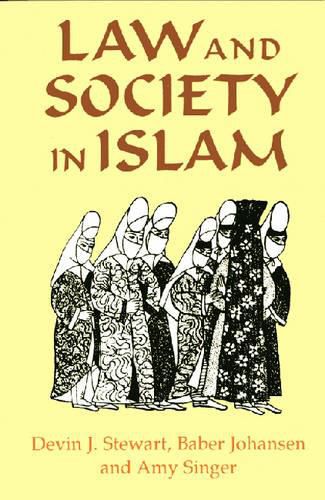Readings Newsletter
Become a Readings Member to make your shopping experience even easier.
Sign in or sign up for free!
You’re not far away from qualifying for FREE standard shipping within Australia
You’ve qualified for FREE standard shipping within Australia
The cart is loading…






This book covers significant themes explaining the practice of Islamic law.
The first essay treats taqiyyah (literally, caution ), the concealment of one’s religion when to reveal it would incur danger, which is based on a Koranic passage. The author provides not only a legal and religious analysis of taqiyyah, but also, through the detailed examination of a prominent sixteenth-century Shiite scholar and cleric, reveals a complex pattern of behavior that allows Twelver Shi'is and other sectarian groups to reduce the risks entailed by participation in societies dominated by a Sunni majority.
The second essay inquires into norms for physical and sexual contacts between individuals, even husbands and wives, defining rights to look, to touch, and even to mutilate.
The third essay evaluates the Ottoman records of local fines. This report on legal regulations and their execution as well as on practices of law and tradition in villages of Northern Palestine creates a colorful picture of life in the sixteenth century.
$9.00 standard shipping within Australia
FREE standard shipping within Australia for orders over $100.00
Express & International shipping calculated at checkout
This book covers significant themes explaining the practice of Islamic law.
The first essay treats taqiyyah (literally, caution ), the concealment of one’s religion when to reveal it would incur danger, which is based on a Koranic passage. The author provides not only a legal and religious analysis of taqiyyah, but also, through the detailed examination of a prominent sixteenth-century Shiite scholar and cleric, reveals a complex pattern of behavior that allows Twelver Shi'is and other sectarian groups to reduce the risks entailed by participation in societies dominated by a Sunni majority.
The second essay inquires into norms for physical and sexual contacts between individuals, even husbands and wives, defining rights to look, to touch, and even to mutilate.
The third essay evaluates the Ottoman records of local fines. This report on legal regulations and their execution as well as on practices of law and tradition in villages of Northern Palestine creates a colorful picture of life in the sixteenth century.